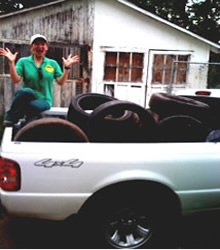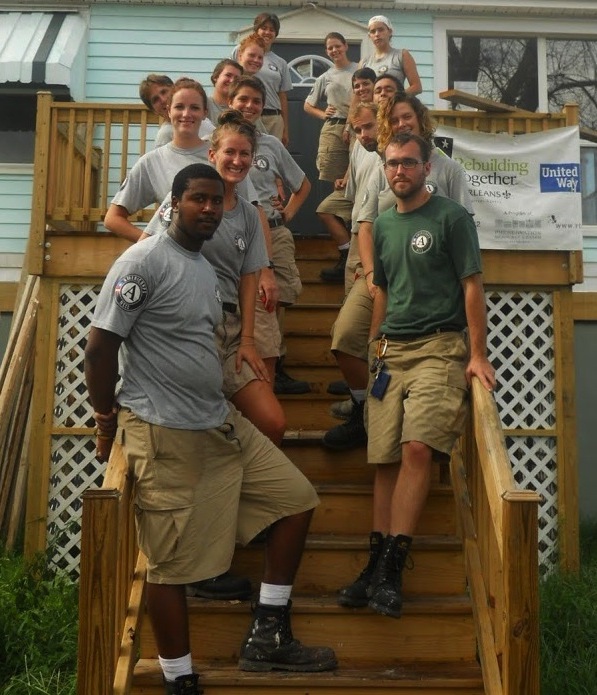EDUCATION STRATEGIES

TRADITIONAL EDUCATIONAL TOOLS
First we evaluated traditional educational tools, focusing on teaching how to recognize and remove water containers.
--> Focus group tests: we conducted target group surveys to determine what might motivate or prevent homeowners from conducting source reduction. Then we developed several templates, and tested their efficacy using focus groups.
Catch phrase "Water + 7 days = mosquitoes"
We also developed four educational brochures:
(1) Spring cleaning door hanger
(2) Brochure on the Asian tiger mosquito
(3) Brochure on canine heartworm (transmitted by Aedes albopictus)
(4) Quick guide, which contains information in both English and Spanish, and was developed mostly from comments from our focus group.
--> Elementary School Curricula: Our 5 day elementary school curriculum was developed using the New Jersey State Science Curriculum Standards. It consisted of 5 activities (1) mosquitoes up close, (2) mosquitoes in the food chain, (3) mosquito classification and diversity, (4) the lifecycle of a mosquito, and (5) problem solving skills. Forty five classrooms in Monmouth and Mercer County were given the curriculum and implemented the materials in their classrooms. In order to expand the curriculum county-wide, we developed an interactive computer based curriculum, using the same educational materials (see below).
Publications about Education

ACTIVE EDUCATIONAL TOOLS
Then we developed a set of tools directly involving the community with local events and peer educators.
--> AmeriCorps volunteers as community educators
--> Tire pick up days, trash can drilling days, and community presentations.
--> Cellphone application.
--> Public service announcement on TV and theaters.
AMERICORPS volunteers were trained in mosquito biology, habitat recognition, mosquito identification, and source reduction. They were engaged in discussions involving potential and live practice scenarios before going out into the field. Americorp teams went door to door to all homes in our two study areas. At each home they mentioned at least one thing the homeowner was doing correctly. Then the volunteers helped the homeowners find areas that could produce mosquitoes, and showed them how to eliminate the problem.

